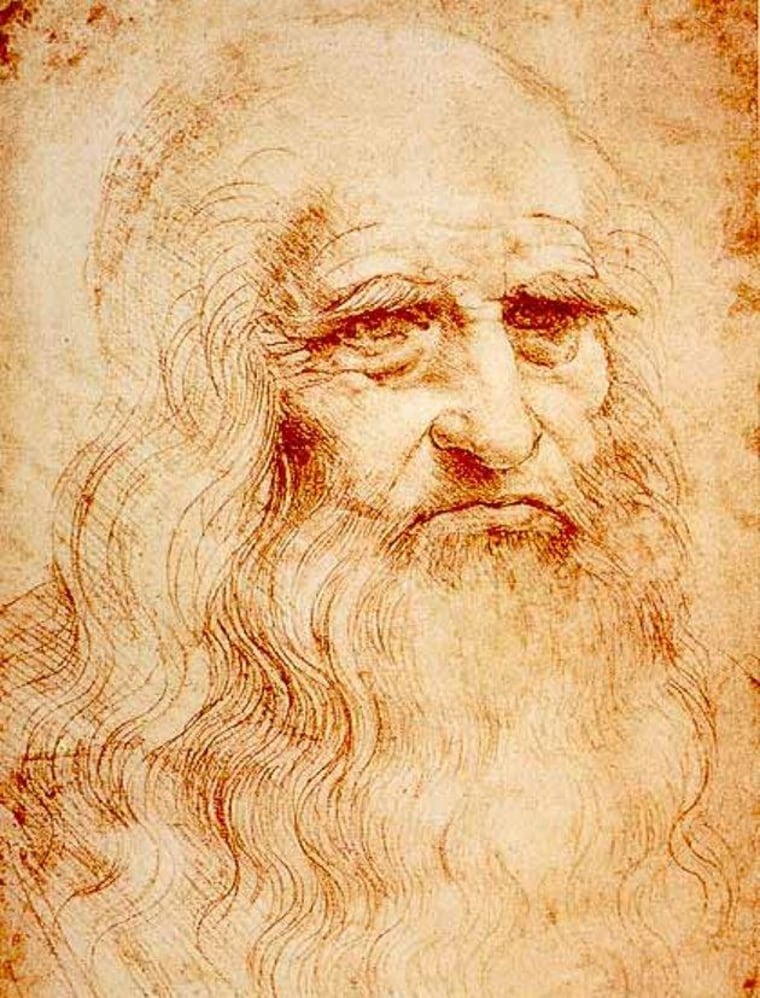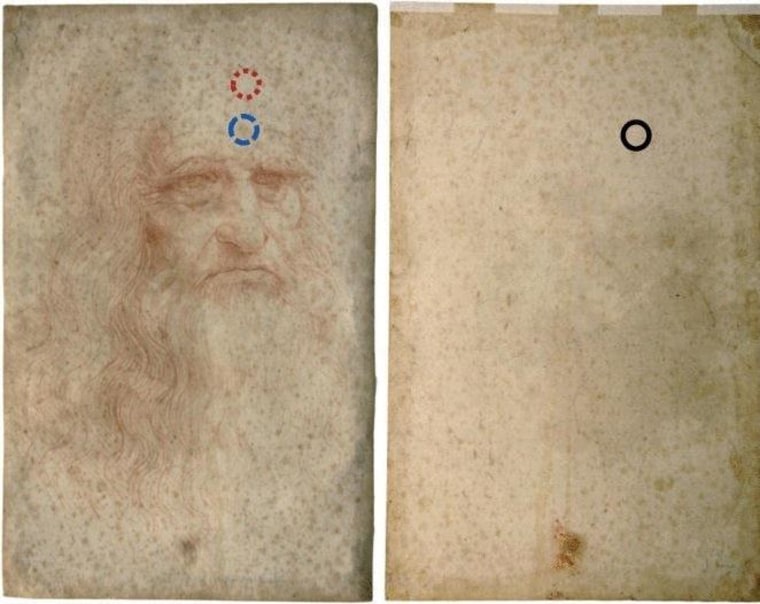A new technique could help save a famous Leonardo da Vinci drawing that is vanishing with each passing day.
The mysterious artwork, widely considered to be a self-portrait of the artist, was drawn with red chalk on paper in the early 1500s and has since been fading.
The new analysis could be used to help preservationists assess the damage to the painting and, in turn, help them decide which restoration techniques are most appropriate. [Anatomy Meets Art: See Da Vinci's Drawings]

The drawing has fueled speculation for centuries. The depiction of an old man with flowing white locks and a long beard was probably created in Turin, Italy, sometime between 1510 and 1515. While many think the painting depicts Leonardo, he was only in his mid-50s at the time of the drawing, whereas the portrait's subject looks older. That has led many to wonder whether the drawing depicts Leonardo's uncle or father.
Centuries of poor conditions have caused the yellowing that is so commonly seen in centuries-old works of art on paper. The yellowing reduces contrast with the chalk, making the image seem to vanish over time. As a result, the portrait was eventually judged too fragile for general viewing. Since 1998, it has been locked away in a temperature- and humidity-controlled vault at the Royal Library of Turin.
In 2012, the authors got a rare chance to inspect the masterpiece. They found that the extreme yellowing was probably the result of the portrait's storage in a moist environment — perhaps a closed, dank space.

Study co-author Mauro Missori, a researcher at the National Research Council in Italy, said in an email to LiveScience that he and his colleagues want to find out whether the fading has stabilized now that the drawing is being stored under better conditions.
By quantifying the level of damage, the new study can help preservationists map out the best road to save this disappearing masterpiece. Some want to treat the portrait with solutions to remove the byproducts of aging, while others want to wait until preservation techniques improve, Missori said.
The researchers' analysis was detailed online on Tuesday in Applied Physics Letters.
This is a condensed version of a report from LiveScience. Read the full report. Follow Tia Ghose on Twitter and Google+. Follow LiveScience on Twitter, Facebook andGoogle+.